An ordinary squirt of canned air achieves supersonic speeds - engineer spots telltale shock diamonds
It is no surprise these PC air duster cans are so effective.
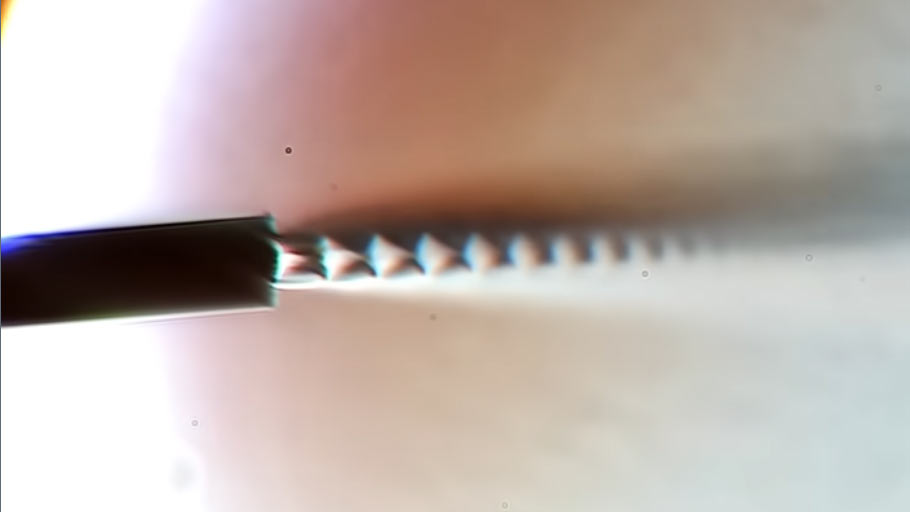
Ordinary canned air products shoot out jets of gas with a surprising amount of vigor. A precision engineering and machining YouTuber, Cylo’s Garage, noticed telltale ‘shock diamonds’ in the stream emitted by his Staples-branded canned air and felt compelled to investigate further. Using a Schlieren imaging setup, the YouTuber managed to confirm that the humble air duster was pushing out a supersonic flow of gas (h/t Hackaday).
Like many a fascinating discovery, Cylo’s Garage first noticed the supersonic jets emitted from the canned air nozzle by accident. Checking the air jet with a bright light in the background, confirmed that the Staples Electronics Duster was operational, but upon pulling the trigger fully the YouTuber noticed what looked like shock diamonds...
For some background, Cylo’s Garage explained that shock diamonds are a type of air pattern commonly visible in the trail of a supersonic jet or rocket. Overlapping shock and expansion waves interfere with one another to create the characteristic diamond shapes in the air. These are easy to see behind a jet or rocket, propelled by fuel combustion, with the light and dark areas in the wake of the engine representing waves of contrasting air density. However, this phenomenon seemed improbable coming from a jet of ordinary canned air with perhaps 70 PSI.
About halfway through the video from Cylo’s Garage, we get to see how supersonic air speeds were confirmed using a rudimentary Schlieren imaging setup. All that was needed was a simple lens, a razor blade, an imaging sensor, and a light source. See this test setup, above. This admittedly “janky” set up more or less confirmed shock diamonds in the flow of gas from the can.
Pleased with the first quick experiment, Cylo’s Garage decided to refine the test method and apparatus. At six minutes in, we see a new set of test equipment put together with a far better lens and a columnated light source. From seven and a half minutes you can see the first air jets recorded using the new apparatus.
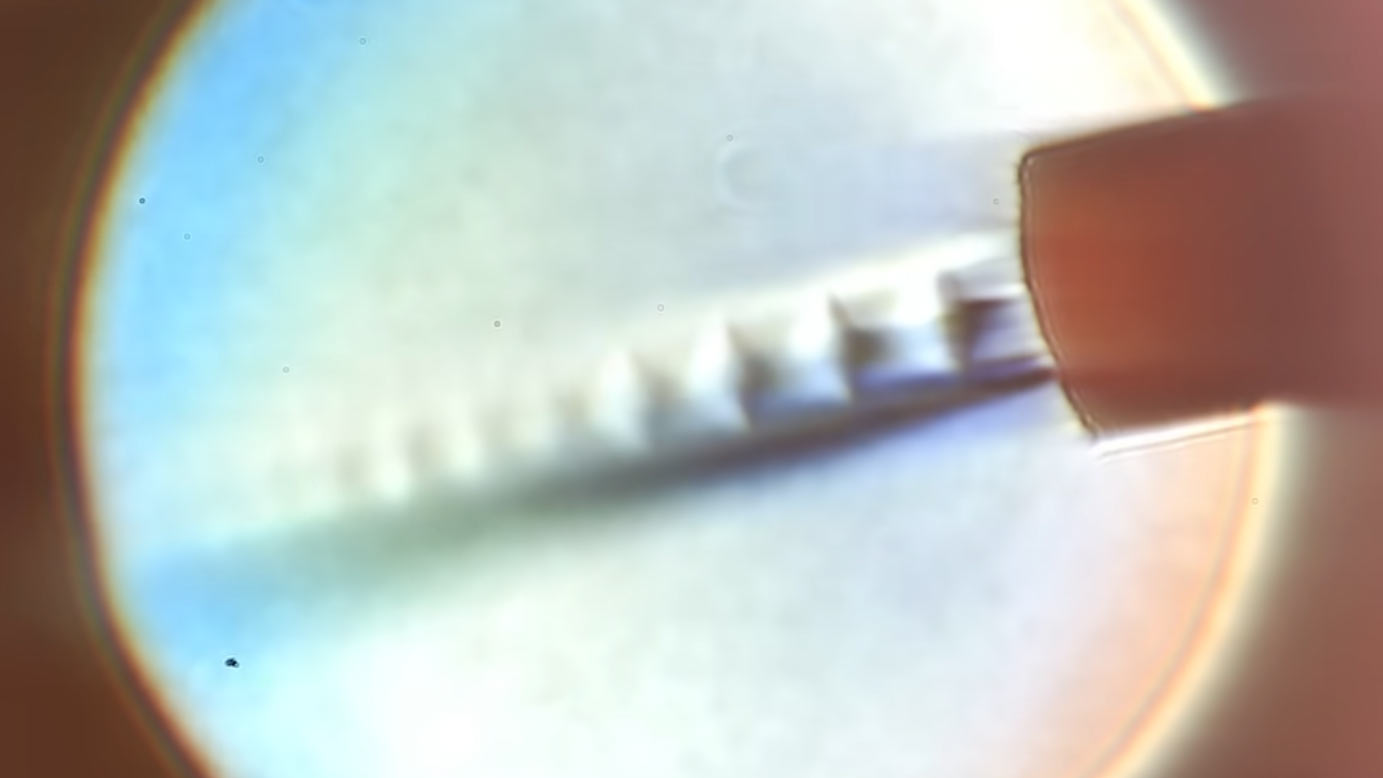
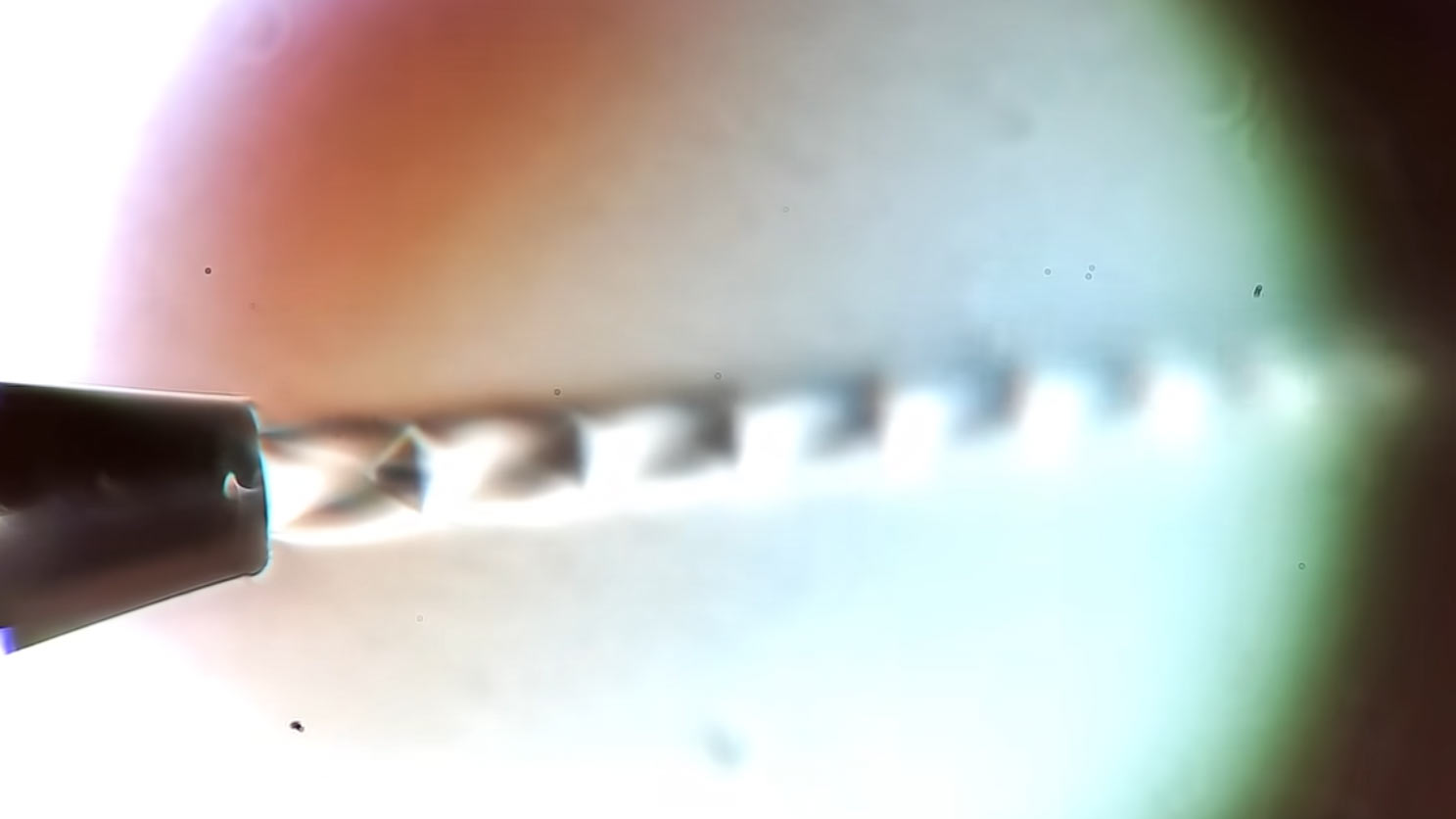
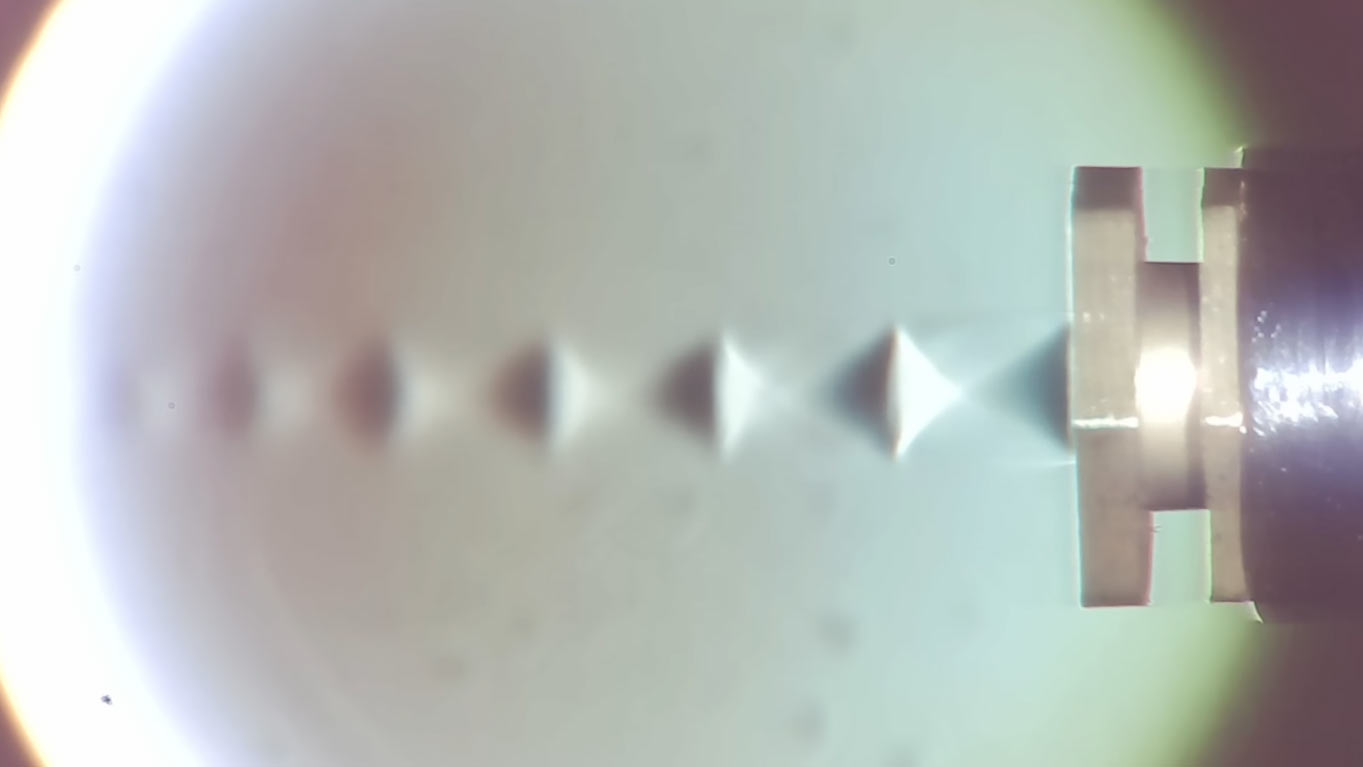
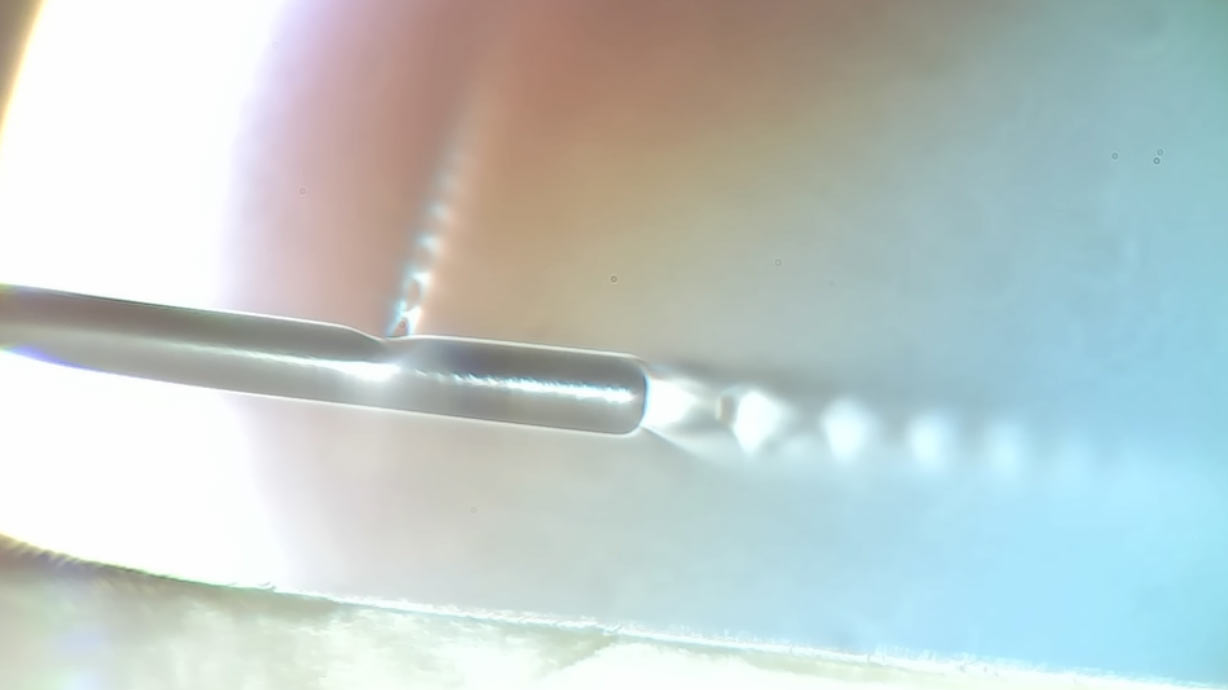
In tests, the canned air soon ran out of pressure between bursts, but more consistent shock diamonds were pictured from the nozzle of an air compressor (90 PSI). However, the YouTuber's favorite demo was delivered using the ball pump nozzle on the air compressor hose. Have a look through the gallery above for some of the great shock diamonds emitted from the canned air and various nozzles attached to a shop compressor.
Get Tom's Hardware's best news and in-depth reviews, straight to your inbox.

Mark Tyson is a news editor at Tom's Hardware. He enjoys covering the full breadth of PC tech; from business and semiconductor design to products approaching the edge of reason.
-
vanadiel007 Excellent if you wish to blow the components off your motherboard.Reply
Now it makes sense they are producing shielded motherboards. It's to protect them from the blast of canned air. -
pixelpusher220 Reminds me of the questionReply
"Name the first human invention to break the sound barrier"
The bullwhip -
punkncat If the contents of the can are going supersonic, why are we not hearing a crack or boom?Reply
I do not hold any degree or training in fluid dynamics (etc.) so this is a legitimate ask. -
USAFRet Reply
Much too small an amount of material (air).punkncat said:If the contents of the can are going supersonic, why are we not hearing a crack or boom?
I do not hold any degree or training in fluid dynamics (etc.) so this is a legitimate ask. -
punkncat ReplyUSAFRet said:Much too small an amount of material (air).
I am going to come off like an idiot, lol.
I don't doubt this at all. As I say I have no training in said. I do understand a bit about "boom sticks" and know that if you are going to successfully use a suppressor, that you must have a "rock" that doesn't exceed the speed of sound.
Would this be to infer that if you had a small enough projectile (or is it the density of said) that determines the amount of displacement of atmosphere which actually causes the sound as it moves back into its previous state/location? -
USAFRet Reply
The molecules of air coming out of the can are only supersonic for a very short range. I would expect a couple of inches, maybe.punkncat said:I am going to come off like an idiot, lol.
I don't doubt this at all. As I say I have no training in said. I do understand a bit about "boom sticks" and know that if you are going to successfully use a suppressor, that you must have a "rock" that doesn't exceed the speed of sound.
Would this be to infer that if you had a small enough projectile (or is it the density of said) that determines the amount of displacement of atmosphere which actually causes the sound as it moves back into its previous state/location?
In addition, not a lot of mass.
We hear a supersonic bullet, because that is many many times more mass than the airflow coming out of the can. -
domih I'm using the opportunity of this article to again remind casual users with this warning.Reply
WARNINGDO NOT blow an air can toward a fan and make it spin very fast. Yes, the fan noise is entertaining BUT you actually make the fan rotating way beyond what it is designed to support. The result is damaging and you significantly reduce the life span of you fan.
If you want to air dust a fan, hold the blades still with a finger, a piece of wood or whatever. -
peachpuff Reply
Party pooper!domih said:I'm using the opportunity of this article to again remind casual users with this warning.
WARNINGDO NOT blow an air can toward a fan and make it spin very fast. Yes, the fan noise is entertaining BUT you actually make the fan rotating way beyond what it is designed to support. The result is damaging and you significantly reduce the life span of you fan.
If you want to air dust a fan, hold the blades still with a finger, a piece of wood or whatever.

